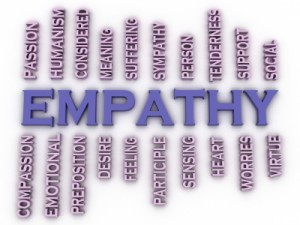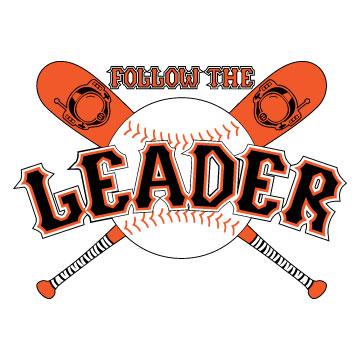
- What are you doing to give your donors the meaning they seek?
Donor needs vary and evolve, depending on where they are in their own life cycle and their life cycle with your nonprofit. Do you ever wonder how you might help them meet their needs? How you might reward them for giving? You should — if you want to keep them as donors.
You may be familiar with Maslow’s “Theory of Human Motivation” where he breaks needs for human development and contentment down into steps that form a pyramid. Maslow suggests the basic human needs such as food, shelter, and sleep are required before you can pursue higher needs such as security, love and belonging, esteem and the need for self-actualization.
Sadly, just giving to charity doesn’t necessarily meet these higher-level needs. Donors may give out of guilt, fear, peer pressure (which doesn’t feel so good). Some give to be praised (meets esteem need, but only if you praise them). Some give to be accepted by peers (meets love & belonging need, but only if you offer opportunities to connect and feel loved)… and so forth. You see, giving is not always it’s own reward.
To create life-long donors imposes on your charity the obligation to do something proactive to fulfill your donor’s highest level needs.
Donors, like all human beings, are on a continual quest for meaning. It’s the existential search to be all that one can be. To feel self-actualized.
In non-psychological or theoretical terms, at the self-actualization pinnacle donors just feel darn good. They carry around a warm glow, representing the realization of their potential and inner peace.
This feeling is very powerful – and we human beings naturally seek it out. It’s one of reasons why even very poor give outsized proportions of their income to charity.
Another way to describe this is the search for meaning in life. For most people, meaning is deeply intertwined with community connections. Victor Frankl in his famous chronicle on the search for meaning wrote: love is the ultimate and the highest goal to which man can aspire. Humans want to feel a sense of connection and a sense of purpose to life. Giving (time, money, and energy) is a central way that we strive to find meaning.
If your nonprofit doesn’t complete the exchange circuit for donors, their search for meaning gets cut short.
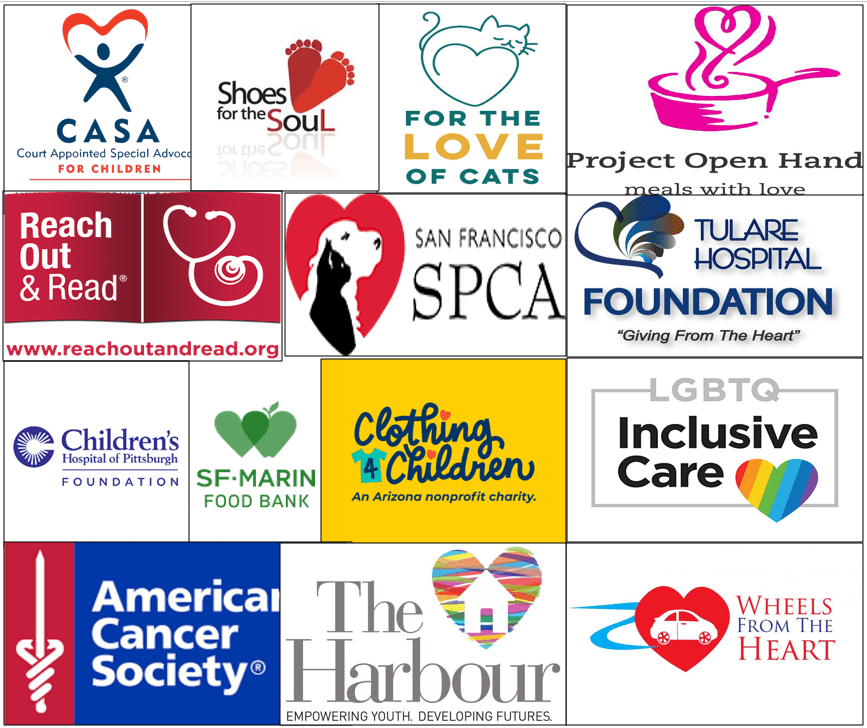 Why do people – with plenty of worries and expenses — give hard-earned money that could otherwise be spent on their own families, taxes and bills to complete strangers via philanthropy?
Why do people – with plenty of worries and expenses — give hard-earned money that could otherwise be spent on their own families, taxes and bills to complete strangers via philanthropy?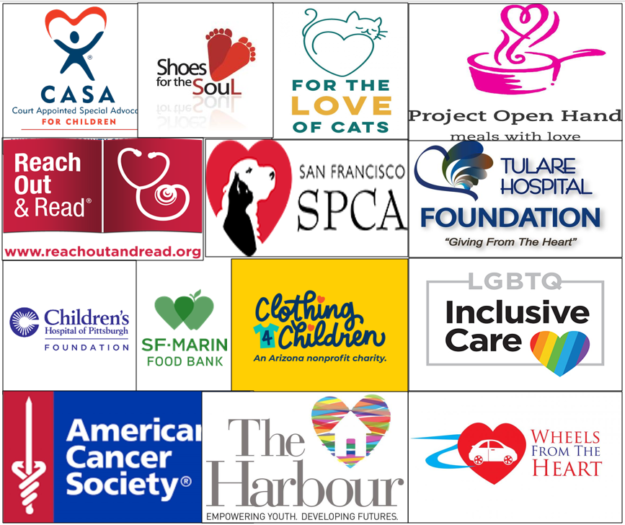



 Could you be getting it all wrong when it comes to the what, who, where, why, how and when of your nonprofit’s communications and fundraising as this pandemic plays out?
Could you be getting it all wrong when it comes to the what, who, where, why, how and when of your nonprofit’s communications and fundraising as this pandemic plays out?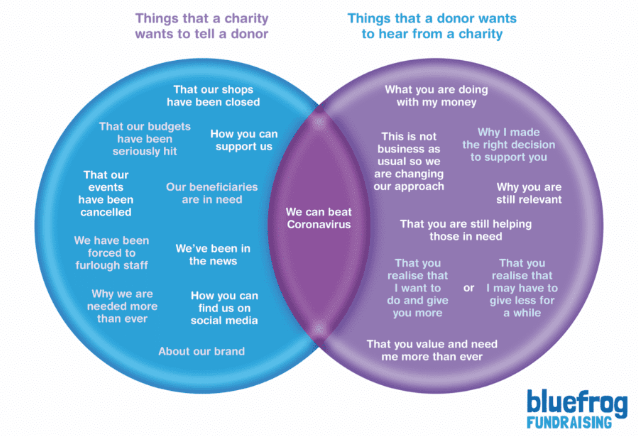 I’m going to explain what your nonprofit should do to show donors you do, in fact, understand where they’re coming from.
I’m going to explain what your nonprofit should do to show donors you do, in fact, understand where they’re coming from.


 Your nonprofit’s story is the whole ball of wax.
Your nonprofit’s story is the whole ball of wax.





 If you’re constantly encountering people on your staff or board who want to curtail your fundraising efforts, you’re not alone.
If you’re constantly encountering people on your staff or board who want to curtail your fundraising efforts, you’re not alone.
 Philanthropy comes from the Greek and means love (philos) of humankind (anthropos).
Philanthropy comes from the Greek and means love (philos) of humankind (anthropos).





